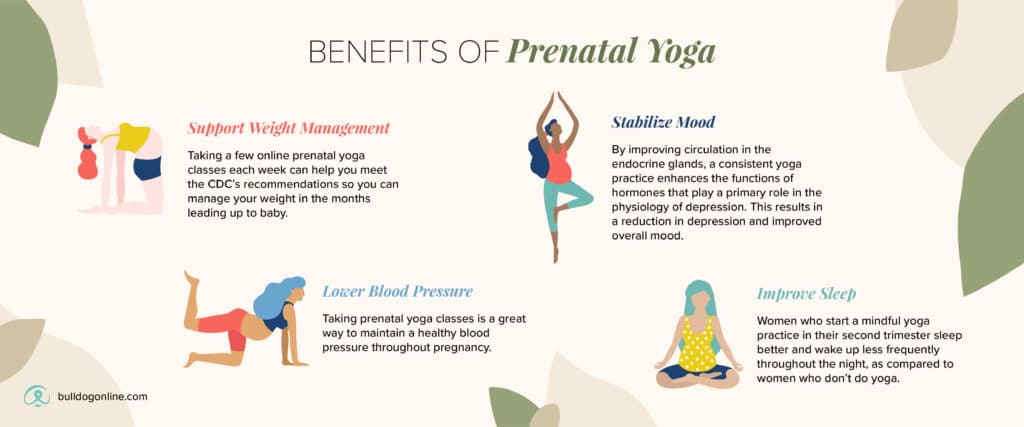
Pregnancy is a beautiful journey filled with anticipation, joy, and a myriad of changes. As your body transforms to accommodate new life, it’s essential to find ways to support your physical, emotional, and mental well-being. One of the most effective ways to do this is through prenatal yoga. At NURTURE NINE, we believe that prenatal yoga is not just a form of exercise; it’s a holistic approach to nurturing both the mother and the baby during this incredible journey. In this blog, we will explore the numerous benefits of prenatal yoga, focusing on how it can enhance your pregnancy experience and prepare you for delivery.
What is Prenatal Yoga?
Prenatal yoga is a specialized form of yoga designed for pregnant women. It focuses on poses and practices that are safe and beneficial for both the mother and the developing baby. Unlike regular yoga classes, prenatal yoga takes into account the physical and emotional changes that occur during pregnancy, offering modifications and support to ensure a safe practice.
The philosophy of prenatal yoga is rooted in mindfulness, gentle movement, and breath awareness. It encourages mothers-to-be to connect with their bodies and their babies, fostering a sense of peace and well-being. This practice emphasizes listening to one’s body, cultivating self-awareness, and embracing the journey of motherhood.
Prenatal yoga helps maintain and enhance flexibility in key areas such as the hips, pelvis, and lower back, easing discomfort and preparing your body for labor and delivery.
It strengthens the muscles that support your growing belly, alleviating common pregnancy-related aches and aiding in endurance during delivery.
Yoga promotes body alignment and helps reduce back pain and discomfort by improving posture.
Poses like Child’s Pose and Cat-Cow relieve tension in the back, while forward bends help reduce swelling in the legs.
Encourages better blood flow, reducing the risk of varicose veins and swelling.
Combines movement and mindfulness to relax and reduce stress.
Helps you stay connected to your body and baby.
Endorphin release during yoga enhances your mood and reduces anxiety.
Increases emotional bonding and awareness of your baby's movements.
Teaches breathing and relaxation techniques that aid during labor.
Empowers you by increasing trust in your body's capabilities.
Mindful movement and breath improve concentration and presence.
Wear comfortable, breathable, and layered clothing for flexibility and comfort.
Improves spinal flexibility and relieves back pain.
Start on hands and knees. Inhale to arch back, exhale to round.
Strengthens legs and opens hips.
Stand wide, turn one foot, bend the knee, and extend arms.
Relieves tension in back and hips.
Kneel, sit back on heels, stretch arms forward.
Strengthens back and pelvic floor.
Lie on back, bend knees, lift hips up.
Relieves tension in back and hamstrings.
Sit with extended legs, reach for toes.
Calms the mind and supports you during labor.
Connect with other expectant mothers.
Alleviates isolation and fosters shared experiences.
Learn helpful tips and insights from peers and instructors.
Prenatal yoga is a holistic tool for expectant mothers, enriching their journey physically, emotionally, and mentally. At NURTURE NINE, we honor this transformative experience and support mothers through mindful movement, connection, and self-care.
Listen to your body, practice mindfulness, and embrace your bond with your baby. With prenatal yoga, walk the path of motherhood with strength, serenity, and joy.